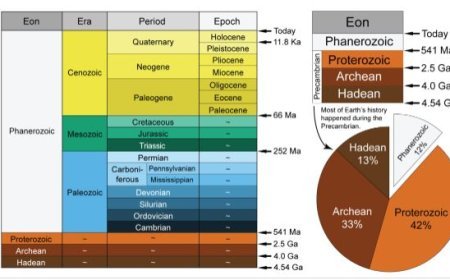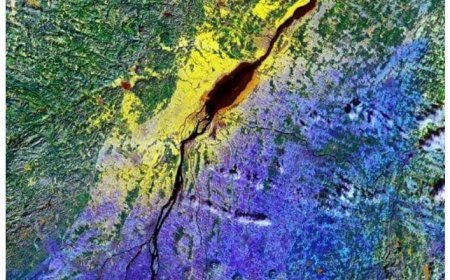TRIASSIC OF SPITI
Explore the Triassic era in Spiti, Himachal Pradesh, and discover the geological wonders of this region. Learn about the significance of Triassic rocks in understanding India's geological history.

THE TRIASSIC OF SPITI
- The Triassic epoch, which spanned between 252 and 201 million years ago, is an important chapter in Earth's history.
- The Spiti Valley in the Indian Himalayas offers a rare glimpse into this ancient age.
Introduction to the Triassic Period
- Timeframe: The Triassic epoch is the first epoch of the Mesozoic Era, after the greatest mass extinction in Earth's history.
- The advent of dinosaurs, mammals, and ancient vegetation represents a change in Earth's biodiversity.
- Geological setting in Spiti
- The Spiti Valley is located in Himachal Pradesh, a northern Indian state.
- The area formed by the collision of Indian and Eurasian tectonic plates has fossil-bearing sedimentary strata from several geological eras, including the Triassic.
- Stratigraphic Layers
Spiti's Triassic rocks consist of two primary formations:
- The Kinnaur Series features fossil-rich limestone from coastal settings.
- The Spiti Shale is characterized by black shales and siltstones, indicating a deep-water depositional environment.
- Fossils Found in Spiti
The rocks of Spiti have a diverse fossil record, including:
- Fossils of fish, mollusks (ammonites), and corals prove that Spiti was once immersed underwater, revealing a diverse marine life.
- Evidence of early dinosaurs and reptiles implies the presence of terrestrial ecosystems.
- Paleoenvironments
- During the early Triassic period, Spiti was covered by a shallow sea, resulting in the formation of marine limestone deposits.
- Continental Environments: At the conclusion of the Triassic period, the environment became semi-arid, resulting in diversified terrestrial flora and animals.
- The importance of Spiti's triassic
Researchers are interested in fossil assemblages and sedimentary formations as they give significant insights into past marine and terrestrial habitats.
Studying Spiti's Triassic deposits helps scientists comprehend early ecosystem evolution and the transition from Paleozoic to Mesozoic ages.
- Current research trends
- Ongoing geological surveys attempt to learn more about Spiti's Triassic past.
- Researchers examine fossil specimens to understand evolutionary biology and old climatic conditions.
- Conservation efforts
- Protecting Geological Heritage: Initiatives aim to preserve Spiti Valley's fossil record.
- Awareness Campaigns: Educating residents and visitors about the significance of fossils promotes better conservation efforts.
What's Your Reaction?



































